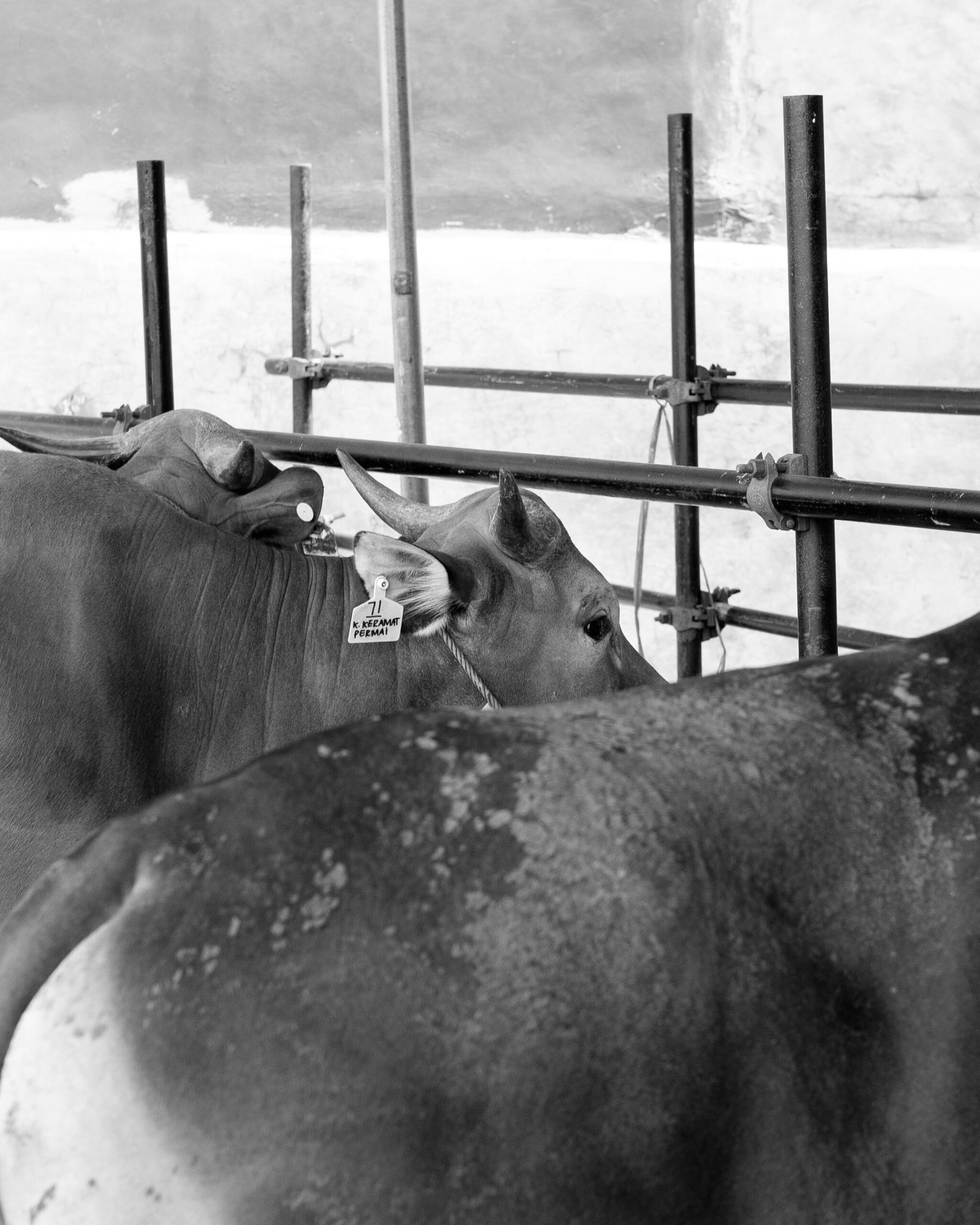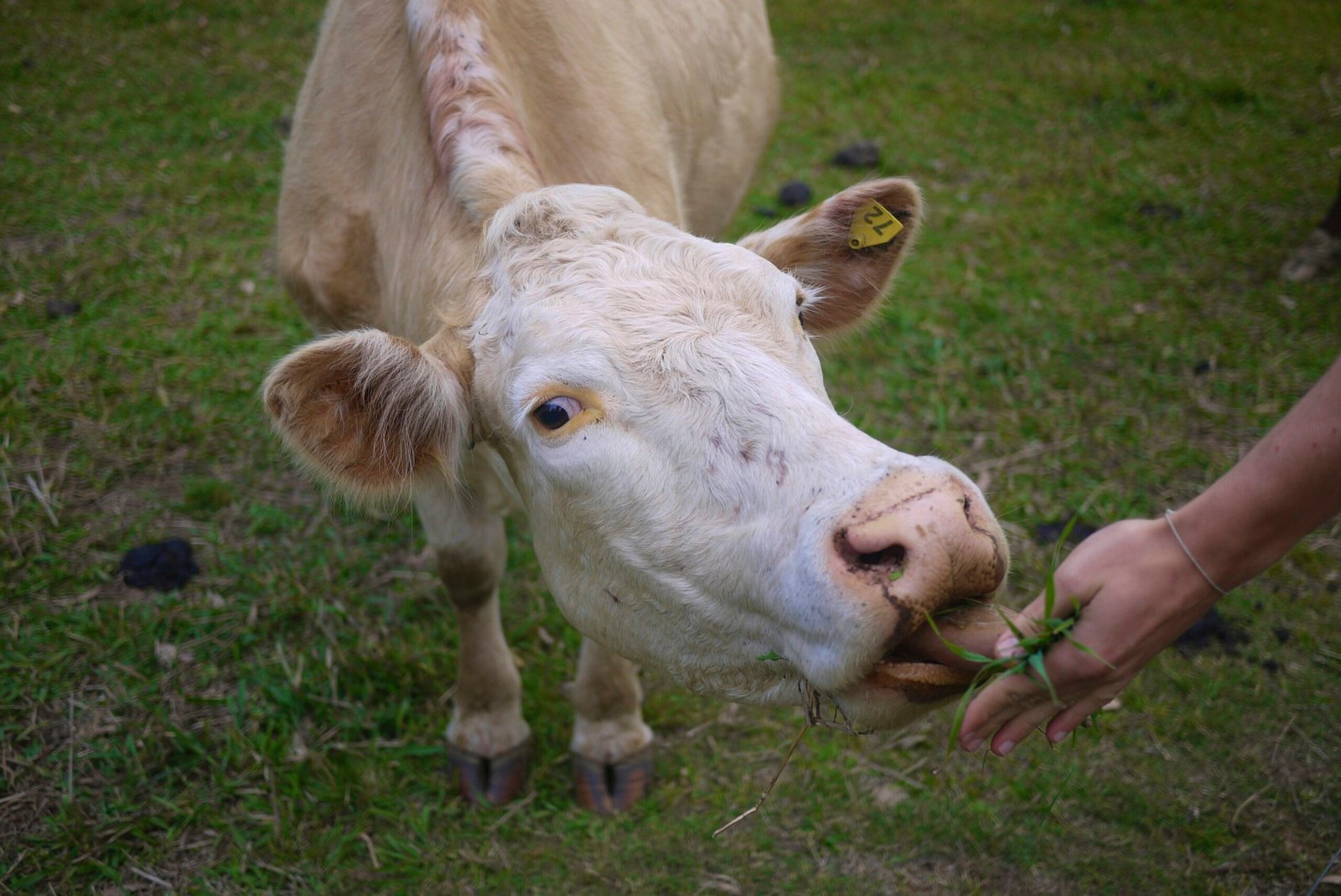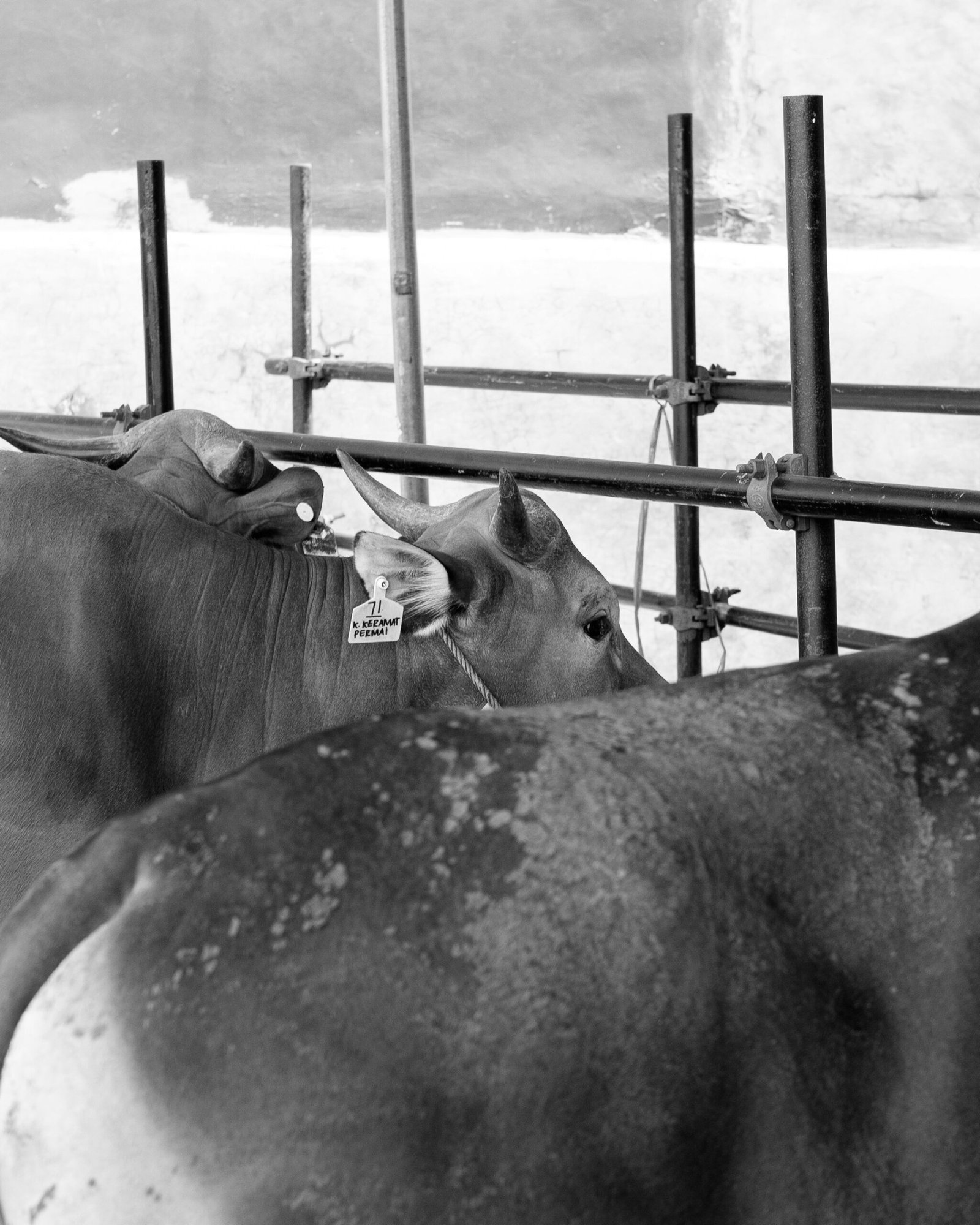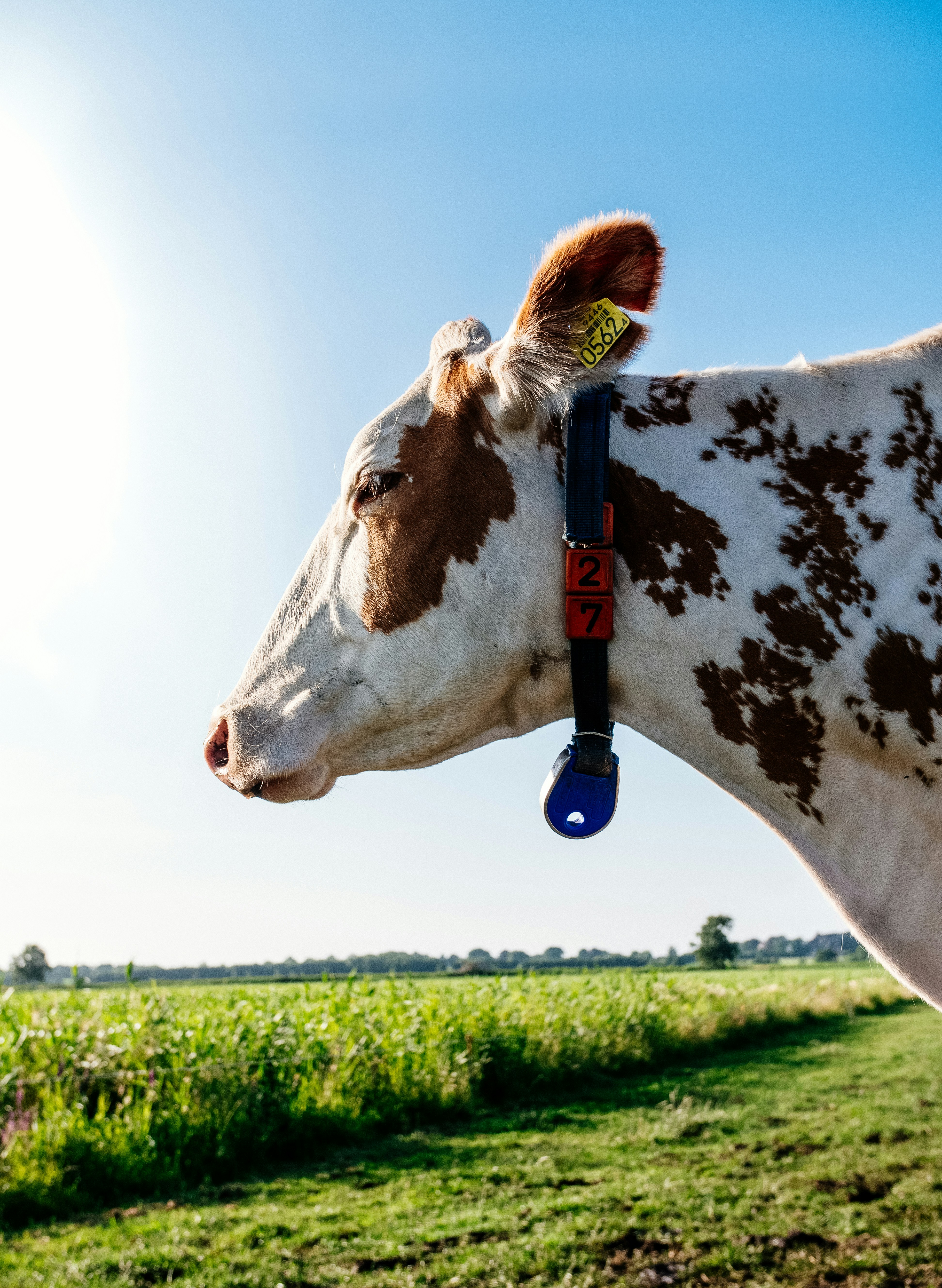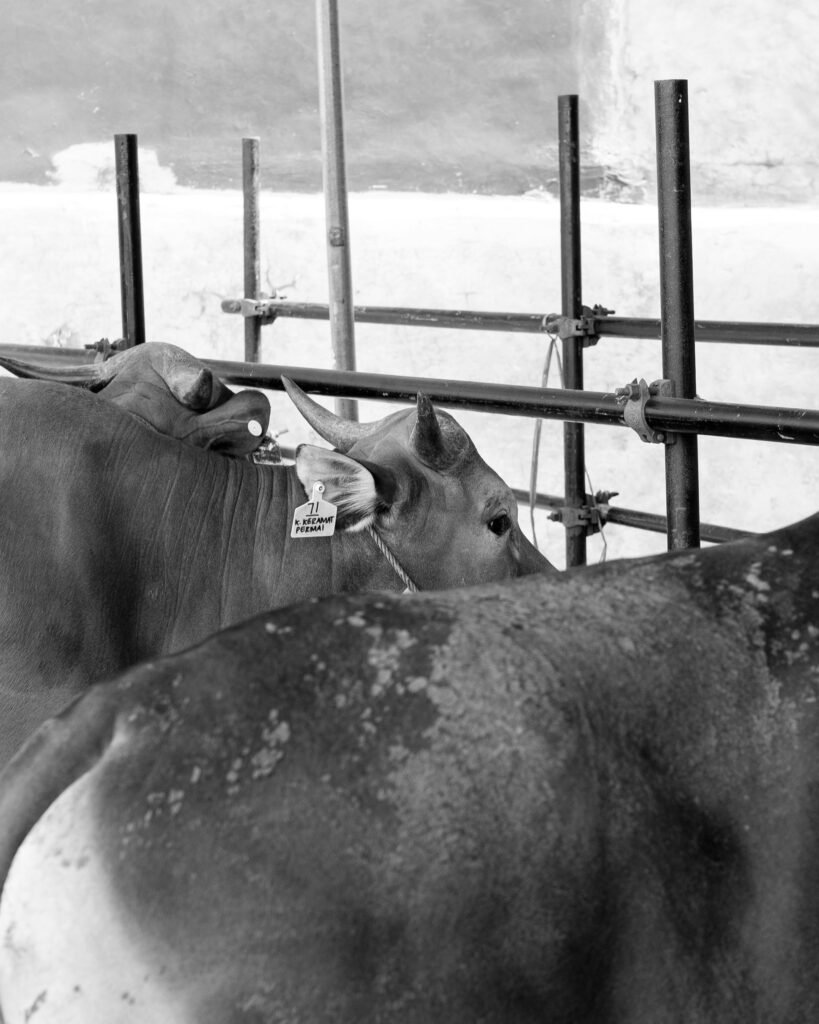
Understanding Genetic Engineering in Livestock
Genetic engineering, a revolutionary branch of biotechnology, fundamentally alters the way livestock is bred and raised. At its core, genetic engineering in livestock involves the direct manipulation of an organism’s DNA to achieve desired traits. This can encompass enhancements such as improved growth rates, disease resistance, and enhanced nutritional profiles. Genetic modification techniques, notably CRISPR (Clustered Regularly Interspaced Short Palindromic Repeats) and gene cloning, have garnered significant attention for their precision and efficiency.
CRISPR technology allows scientists to edit specific parts of the genome with unmatched accuracy, enabling targeted modifications that were not possible with conventional breeding methods. This technique operates by using a guide RNA to identify a specific sequence in the DNA, followed by the Cas9 protein that acts as molecular scissors to cut the undesirable genes. The cell’s natural repair processes are then harnessed to integrate the desired genetic sequences, resulting in enhanced traits in livestock.
Gene cloning, another prominent technique, entails creating copies of specific genes in order to study their function or express them in another organism. This methodology provides researchers with deeper insights into genetic traits, promoting advances in selective breeding practices. Unlike traditional breeding—where livestock are mated based on visible traits and a degree of chance—modern genetic engineering allows for specific, intentional alterations to the genome. This shift essentially transforms livestock breeding from a largely empirical process to one grounded in molecular biology.
Understanding the terminology surrounding genetic engineering is essential for grasping its implications in agriculture. Terms such as transgenic organisms, gene therapy, and quantitative trait loci (QTL) play vital roles in discussions about the ethical implications and potential benefits of these technologies. As agriculture evolves, the relevance of genetic engineering in livestock breeding continues to broaden, paving the way for sustainable agricultural practices that can address global food security challenges.
Benefits of Genetic Engineering in Livestock Breeding
Genetic engineering has ushered in transformative benefits for livestock breeding, with significant implications for farmers, the environment, and animal welfare. One of the primary advantages is enhanced disease resistance. By utilizing advanced genetic techniques, livestock can be bred to possess traits that bolster their immune systems, thereby reducing susceptibility to various diseases. This not only improves the health of the animals but also minimizes the need for antibiotics, promoting a more sustainable farming practice.
Another noteworthy benefit is improved growth rates. Through genetic modification, livestock can achieve higher growth rates, which translates into faster time to market. For instance, studies have shown that cattle with engineered growth hormone can gain weight more quickly than their conventional counterparts, leading to a more efficient conversion of feed into meat. This enhancement in growth rates also facilitates better feed efficiency, allowing farmers to produce more with less feed, which is both economically advantageous and environmentally beneficial, as it reduces the carbon footprint associated with feed production.
In addition, genetic engineering leads to increased productivity in terms of milk and meat yield. For example, dairy cows that have been genetically modified to enhance their milk production can yield significantly more milk without requiring additional resources. This increase not only boosts farmer income but also contributes to greater food supply, catering to the rising global demand for animal products.
The economic gains from adopting genetic engineering practices extend beyond the farm gate. By alleviating disease challenges and boosting productivity, farmers can experience improved profits and sustainability. Additionally, genetic strategies can lead to reduced environmental impacts, such as less waste and improved animal welfare. Real-world examples, including the success of genetically engineered salmon and pigs, demonstrate the positive outcomes achievable through these advanced breeding techniques. Overall, genetic engineering in livestock breeding offers tangible benefits that align with the goals of modern agriculture.
Ethical Concerns and Regulations
The advent of genetic engineering in livestock breeding has introduced a range of ethical concerns that merit careful deliberation. A critical aspect of this discussion pertains to animal welfare. Genetic modification can lead to unintended consequences, such as health problems, suffering, and compromised quality of life for the animals involved. Concerns have been raised that the pursuit of traits such as increased yield or disease resistance may overshadow the intrinsic welfare needs of the animals, prompting calls for stringent ethical guidelines in genetically engineered (GE) livestock practices.
Ecological impacts constitute another dimension of the ethical landscape surrounding genetic engineering in livestock. The potential for genetically modified organisms (GMOs) to disrupt existing ecosystems raises alarms among environmentalists. For instance, if genetically engineered animals were to escape into wild populations, they could outcompete native species or contribute to biodiversity loss. This scenario highlights the necessity of robust ecological assessments before introducing genetically modified livestock into agricultural systems.
Food safety is also a fundamental concern in the debate over genetically engineered livestock. The introduction of GMOs into the food supply chain elicits apprehension about unforeseen health effects on consumers. While regulatory frameworks aim to ensure food safety, public confidence in these systems varies widely. In particular, societal perceptions play a significant role in shaping discussions around genetic engineering, with some communities expressing strong opposition due to ethical, environmental, or health-related apprehensions.
The regulatory landscape governing genetic engineering is complex and varies globally. Countries have adopted differing approaches to legislation, reflecting local values and public sentiment regarding GMOs. For example, the European Union maintains stringent regulations surrounding genetic modification, emphasizing precautionary principles and rigorous assessments. Conversely, nations like the United States favor a more permissive regulatory environment, aiming to encourage innovation in agricultural biotechnology. Addressing ethical concerns through coherent regulations and engaging public discourse will be essential to navigate the future of genetic engineering in livestock.
The Future of Genetic Engineering in Livestock Breeding
The landscape of livestock breeding is on the cusp of significant transformation, driven primarily by advancements in genetic engineering. As the global population continues to rise, the pressure on food production systems intensifies, making it essential to adopt innovative strategies for sustainable livestock management. In this context, genetic engineering presents a revolutionary approach to enhance productivity, disease resistance, and adaptability of livestock species.
Emerging technologies such as synthetic biology and advanced genomic selection techniques are predicted to play a pivotal role in the future of genetic engineering in breeding. Synthetic biology allows for the design of custom organisms by manipulating genetic material at a molecular level, which holds immense potential for creating livestock that require fewer resources, exhibit better growth rates, and are more resilient to environmental stresses. Advanced genomic selection, utilizing comprehensive genetic data, enables breeders to make informed decisions quickly, optimizing the traits of livestock through precise genetic editing. These technologies promise to bridge the gap between traditional breeding practices and contemporary demands, thus revolutionizing the industry.
Additionally, genetic engineering can be a crucial tool in addressing global challenges such as food security and climate change. By focusing on enhancing the nutritional profile of livestock and ensuring they thrive in fluctuating climates, such innovations could ultimately lead to a more sustainable agriculture system. The integration of enhanced traits in livestock breeds can result in reduced greenhouse gas emissions, improved feed efficiency, and better overall animal welfare.
However, the journey towards a future enriched by genetic engineering necessitates ongoing research, innovation, and a robust public dialogue. Stakeholders, including scientists, farmers, policymakers, and the public, must work collaboratively to navigate ethical considerations, regulatory frameworks, and biotechnological advancements. Emphasizing transparency and education will be crucial to fostering acceptance and understanding of genetic engineering applications in livestock breeding, ensuring a sustainable future for food production.







